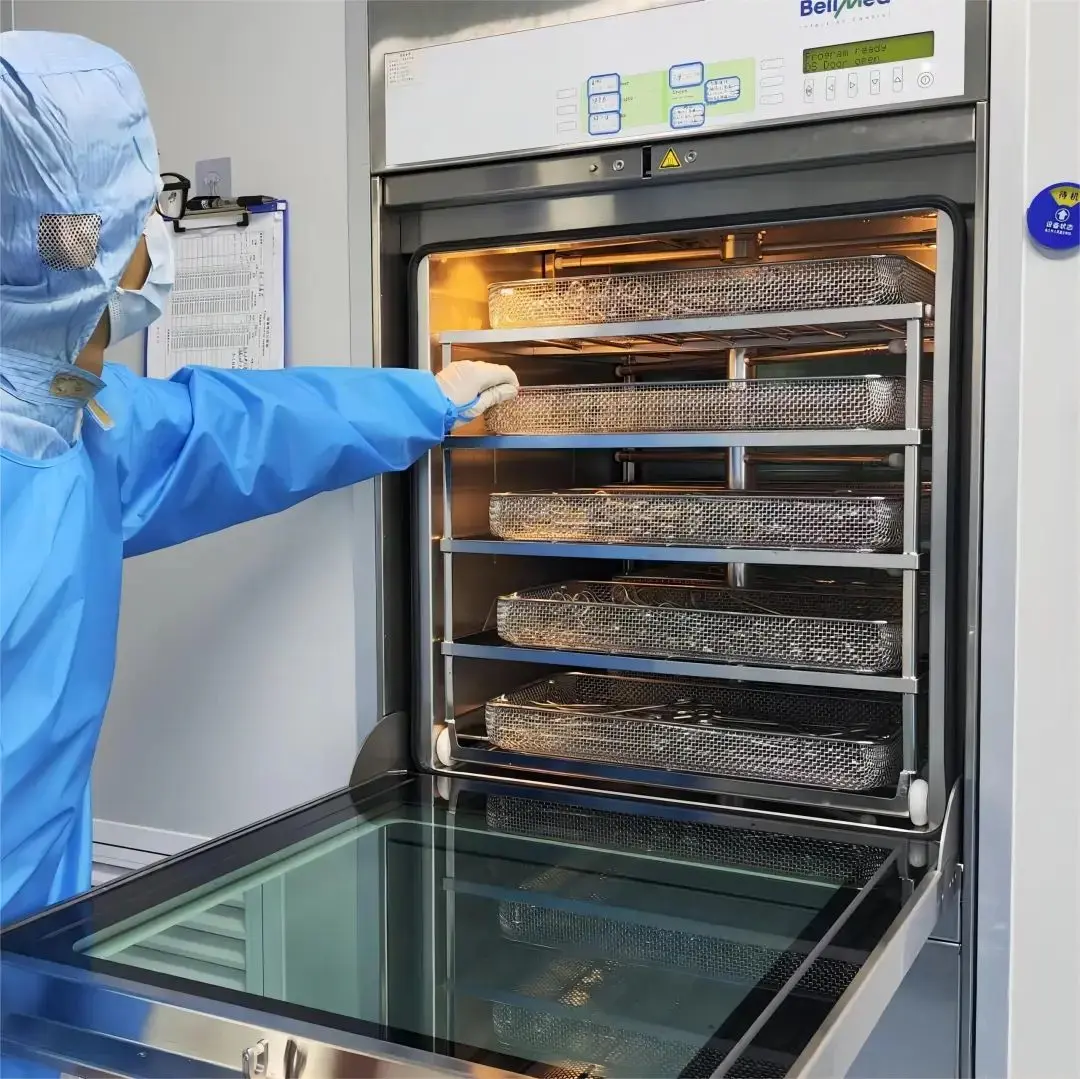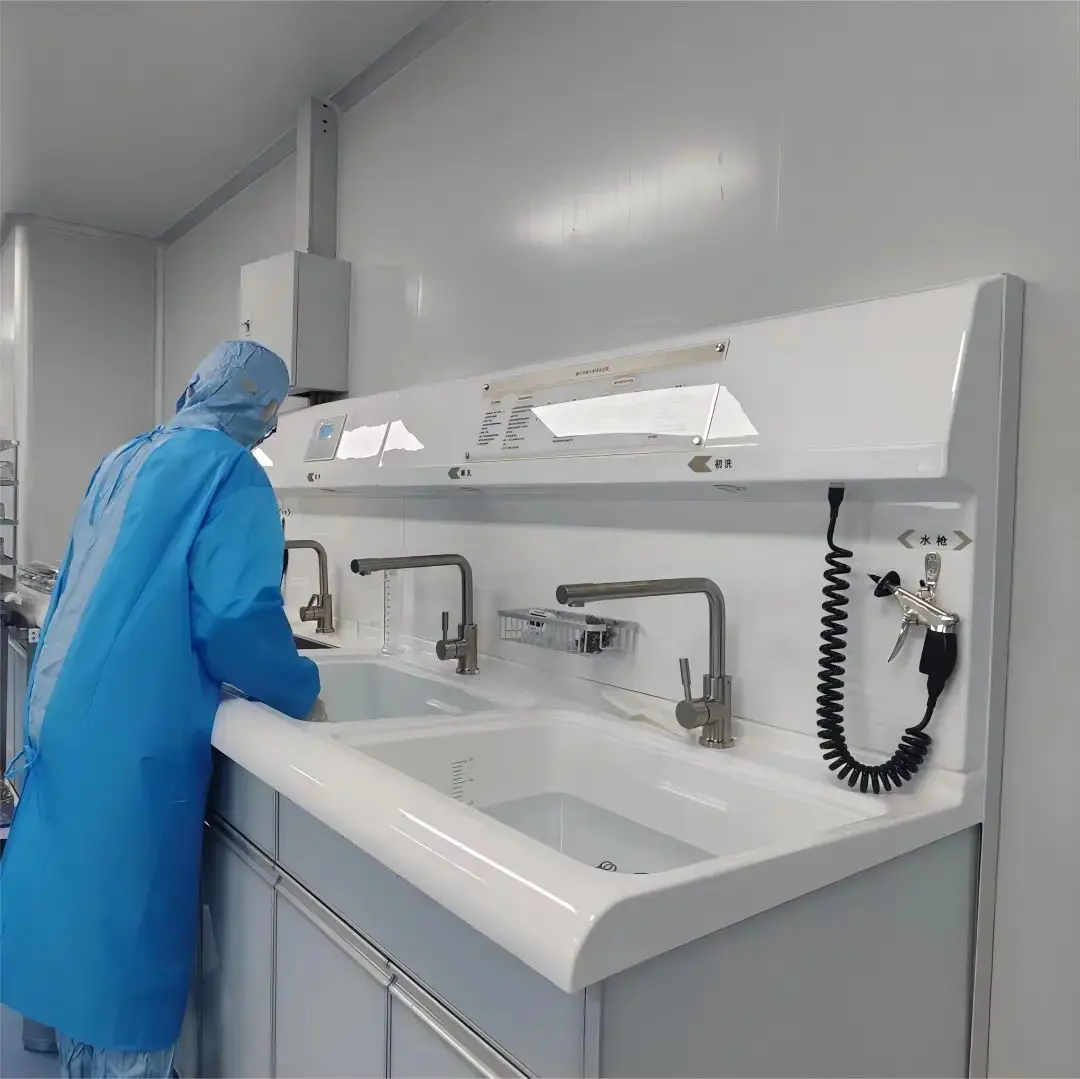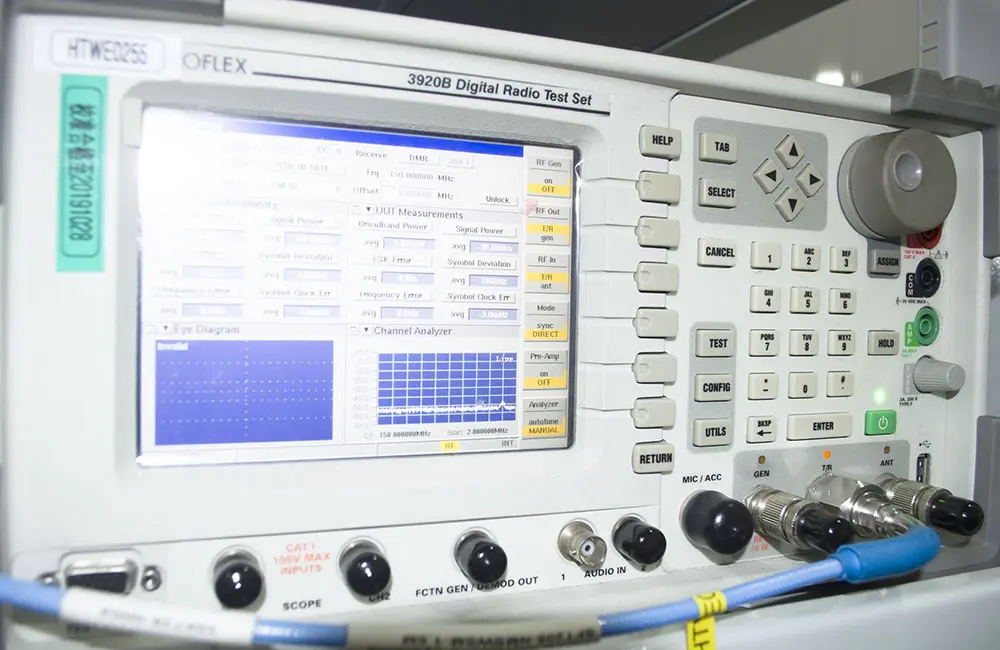
Dioctyl Phthalate Test Laboratory
Phthalates, also known as phthalate esters, abbreviated as PAEs, refer to a general category of esters formed from phthalic acid. (In short, they are a type of plasticizer). When used as plasticizers, phthalates typically refer to esters formed by phthalic acid and alcohols with 4 to 15 carbon atoms. Among these, dioctyl phthalate is the most important variety. Phthalates are chemicals that serve as softeners and can also interfere with the endocrine system.
Phthalates are mainly used in polyvinyl chloride (PVC) materials, transforming rigid PVC into flexible PVC, thereby playing the role of a plasticizer. They are widely applied in hundreds of products such as toys, food packaging materials, medical blood bags and tubing, vinyl flooring and wallpaper, cleaning agents, lubricants, personal care products (like nail polish, hair sprays, soap, and shampoo), and more. However, they pose significant health hazards to humans.
Studies have shown that phthalates exert estrogen-like effects in both humans and animals, interfering with the endocrine system. This can reduce sperm count, sperm motility, and cause abnormal sperm morphology in men. In severe cases, it can lead to testicular cancer and is a primary cause of male reproductive issues.
In cosmetics, nail polish contains the highest levels of phthalates, and many fragrance components in cosmetics also contain this substance. These substances can enter the body through the respiratory system and skin. Excessive use increases the risk of breast cancer in women and can also harm the reproductive systems of male infants in the future.
Testing Methods for Phthalates
Phthalate testing methods have been well-established, with both domestic and international standards for testing. Typically, organic solvents are used for extraction, followed by detection using a Gas Chromatograph-Mass Spectrometer (GC-MS).
Main Testing Standards Include:
- EN 14372 - Safety requirements and testing methods for children’s products (European standard, using Soxhlet extraction)
- EN 15777 - Textile phthalate testing methods (European standard, using Soxhlet extraction)
- CPSC-CH-C1001-09.3 - Phthalate testing standard operating procedure (U.S. standard, using dissolution-solidification method)
- Health Canada Method C34 - Phthalate determination in PVC products (Canadian standard, using leaching method)
- GB/T 22048 - Toys and children’s products: Phthalate plasticizer determination in PVC (Chinese standard, using Soxhlet extraction)
Restricted Phthalates
There are 23 phthalates considered harmful and restricted for use. Here’s the list of these chemicals:
1. Diisononyl phthalate (DINP) - CAS No: 68515-48-0
2. Bis(2-ethylhexyl) phthalate (DEHP) - CAS No: 117-81-7
3. Di-n-butyl phthalate (DBP) - CAS No: 84-74-2
4. Diisodecyl phthalate (DIDP) - CAS No: 26761-40-0
5. Di-iso-butyl phthalate (DIBP) - CAS No: 84-69-5
6. Benzyl-n-butyl phthalate (BBP) - CAS No: 85-68-7
7. Di-n-octyl phthalate (DNOP) - CAS No: 117-84-0
8. Diisooctyl phthalate (DIOP) - CAS No: 27554-26-3
9. Dimethyl phthalate (DMP) - CAS No: 131-11-3
10. Diphenyl phthalate (DPP) - CAS No: 131-18-0
11. Diethyl phthalate (DEP) - CAS No: 84-66-2
12. Dicyclohexyl phthalate (DCHP) - CAS No: 84-61-7
13. Di-propyl phthalate (DPRP) - CAS No: 131-16-8
14. Diisonoyl adipate (DNP) - CAS No: 84-76-4
15. Dipropyl phthalate (DPrP) - CAS No: 131-16-8
16. Dibenzyl phthalate (DBzp) - CAS No: 523-31-9
17. Diphenyl phthalate (DPhP) - CAS No: 84-62-8
18. Di-n-hexyl phthalate (DnHP) - CAS No: 84-75-3
19. Bis(2-methoxyethyl) phthalate (DMEP) - CAS No: 117-82-8
20. Diallyl phthalate (DAP) - CAS No: 131-17-9
21. n-Decyl, n-Octyl phthalate (nDnOP) - CAS No: 119-07-3
22. Di-n-decyl phthalate (DnDP) - CAS No: 84-77-5
23. n-Pentyl iso-pentyl phthalate (DiPP) - CAS No: N/A
Legal Regulations on Phthalates
In the EU:
- The 1999/815/EEC Directive stated that for PVC-related children's toys and products placed in the mouths of children under three years old, the concentration of any of six specified plasticizers (DEHP, DBP, BBP, DINP, DIDP, DNOP) should not exceed 0.1%.
- On December 27, 2005, the EU issued directive 2005/84/EC, requiring:
- DEHP, DBP, and BBP in all toys and childcare products must not exceed 0.1%.
- DINP, DIDP, and DNOP in toys and childcare products that can be placed in the mouth must not exceed 0.1%.
In the U.S.:
- In California, the AB 1108 law (introduced in February 2008) was expected to be implemented by January 1, 2009, aligning with the EU's 2005/84/EC directive.
In Denmark:
- For toys and childcare products for children under three years old, the concentration of any other phthalate should not exceed 0.05%, in addition to the EU's specified limits.
In China:
- The priority pollutant blacklist includes DEHP, DINP, and DBP.
- In June 2011, the Ministry of Health announced the maximum residue limits for DEHP, DINP, and DBP in food and food additives as 1.5 mg/kg, 9.0 mg/kg, and 0.3 mg/kg, respectively.
In Taiwan:
- The EPA has classified DEHP, DBP, and DMP as Category 4 toxic chemicals under control, while DnOP is listed as a Category 1 toxic chemical with restricted usage.
Global Standards for Phthalates
1. EU:
- Non-mouthable toys: DEHP + DBP + BBP ≤ 0.1%
- Mouthable toys: DINP + DIDP + DNOP ≤ 0.1%
2. USA:
- Toys (non-mouthable): DEHP, DBP, BBP ≤ 0.1%
- Toys (mouthable) and children’s products: DINP, DIDP, DNOP ≤ 0.1%
- California Proposition 65: Phthalates (DEHP, DBP, BBP, DIDP, DnHP) ≤ 0.1%
3. Canada:
- Vinyl toys and childcare products: DEHP, DBP, BBP ≤ 0.1%
- Mouthable vinyl toys: DINP, DIDP, DNOP ≤ 0.1%
4. Argentina:
- Non-mouthable toys: DEHP, DBP, BBP ≤ 0.1%
- Mouthable toys: DEHP, DBP, BBP, DINP, DIDP, DNOP ≤ 0.1%
5. Brazil:
- Non-mouthable toys: DEHP, DBP, BBP ≤ 0.1%
- Mouthable toys: DEHP, DBP, BBP, DINP, DIDP, DNOP ≤ 0.1%
6. Japan:
- All synthetic resin toys: DEHP prohibited
- Mouthable synthetic resin toys: DEHP, DINP prohibited
7. China:
- Toy paints: DEHP + DBP + BBP ≤ 0.1%
- DINP + DIDP + DNOP ≤ 0.1%
Email:hello@jjrlab.com
Write your message here and send it to us
 EU 2.4G Products CE-RED Directive
EU 2.4G Products CE-RED Directive
 Cytotoxicity Analysis (CCK-8 Method)
Cytotoxicity Analysis (CCK-8 Method)
 Disinfection Validation for Reusable Medical Devic
Disinfection Validation for Reusable Medical Devic
 ASTM F3208-2020 Testing Laboratory
ASTM F3208-2020 Testing Laboratory
 Reprocessing of Reusable Medical Devices ISO15883
Reprocessing of Reusable Medical Devices ISO15883
 Wireless Product Certification Guide
Wireless Product Certification Guide
 TISI Certification for Hair Dryers in Thailand
TISI Certification for Hair Dryers in Thailand
 Thailand TISI Compliance Certification Reminder
Thailand TISI Compliance Certification Reminder
Leave us a message
24-hour online customer service at any time to respond, so that you worry!




